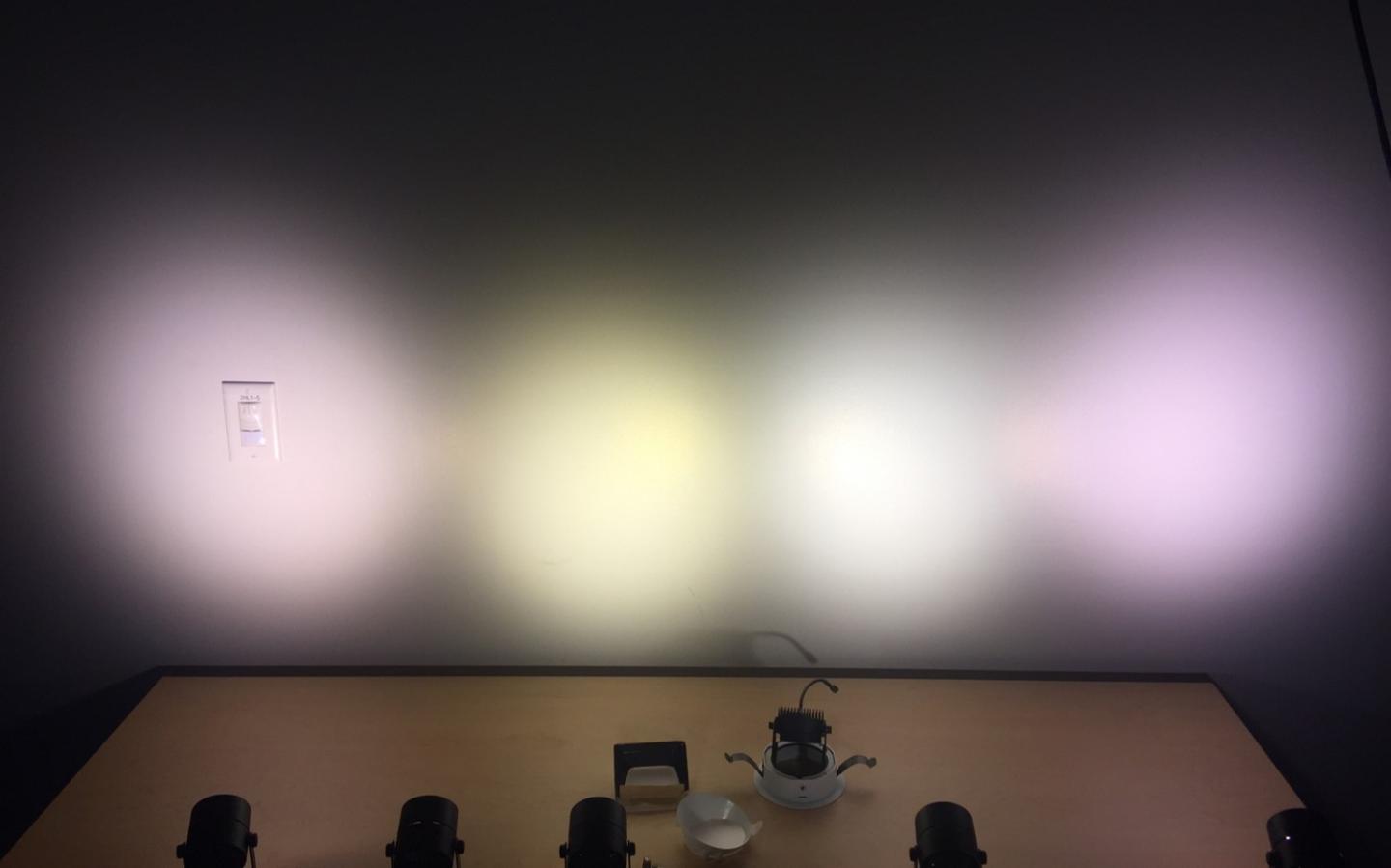Study reveals how age affects perception of white LED light

People in their twenties perceive light sources as relatively pinker and those in their sixties and seventies as relatively yellower/greener.
LEDs are increasingly used in low-energy lighting and displays but consumers sometimes find their light harsh or unpleasant. Findings from a new study point to the need to take age-related perception differences into account when designing white LED lighting that is more pleasing to the eye. The 64 subjects used for this research were aged roughly retween 20-65 and were employees of the LED firm Soraa who volunteered to participate in the study.
"Our study revealed that the amount of short-wavelength light a source emits together with the viewer's age may lead to very different perceptions of a white light," said the research team leader Aurelien David of Soraa, Fremont, California. "LED light sources exacerbate this effect, because their emission often features large peaks of blue or violet radiation."
The researchers report the new findings in The Optical Society (OSA) journal Optics Express. They point out that although conventional colourimetry assumes all users have the same visual response, more recently developed models for colour perception take age-related effects into account and can be used to predict and help mitigate differences in colour perception.
"Today, the colour of light is defined by standards based on decades-old science that doesn't accurately predict colour perception," said David. "This presents a hurdle to designing better light sources that would minimise inter-user variation and aid in the increased use of LED technology."
Testing white light perception
For the study, viewers were shown several nearly white LED sources with various emission spectra and asked to rank their perceived tint compared to that of a reference white light. The test sources were part of the researchers' efforts to develop a more sleep-friendly light source. They featured a specialised emission spectrum in which the short-wavelength blue light, which may affect sleep, was replaced with shorter-wavelength violet light that maintains the light's white colour.
"According to standard colourimetry methods, all users should have the same perception for a certain LED source," said David. "However, we found large variations between viewers. Some thought a given source appeared very pink, whereas others thought the same source appeared very green."
For a given light source, younger people (e.g in their twenties) see it relatively pinker and older people (in their sixties/seventies) see it relatively yellower/greener. That is because the eye's transmission at short wavelength reduces with age.
"The perceived tint of these unusual LED sources is heavily influenced by the viewer's sensitivity in the violet range, which is strongly age-dependent," explained David. "Although others have observed similar variations in white-LED perception, the effect was especially easy to see because these special LEDs exacerbate it."
The researchers also showed that the age-dependent perception effects are present in conventional LEDs such as those used both in lighting and display applications. This means that two conventional LED sources that supposedly have the same white colour may appear very different to a given observer.
Defining new colour standards
"By using modern colourimetry, the design of future LED sources could be tailored to minimise inter-viewer discrepancies," said David. "Manufacturers could use this modern framework to design lighting that is more robust against age-driven variations."
The researchers note that having a standard calculation for age-dependent colourimetric quantities would help manufacturers and other stakeholders incorporate age-dependent effects into the design of future LED emitters.
"We should make sure that such age-related effects do not hinder the advancement of LED technology, since they can be addressed with scientific tools that are already available, albeit not commonly used," said David.
'Human perception of light chromaticity: short-wavelength effects in spectra with low circadian stimulation, and broader implications for general LED sources' by A. David, D. Sahlhoff, M. Wisser; Opt. Express, 27, 22, 31553-31566 (2019).


































